Nov. 8, 2021
In many ways, this is the couple behind the cows.
The cows of SAB Biotherapeutics are unique in the world – the only ones genetically developed to produce a fully human immune response to targeted diseases.
There’s nothing common about the couple, either.
Eddie and Christine Hamilton can chart their past, present and future through cows of various sorts.
“The cows were responsible for introducing us, and the cows continue to be an important part of our lives,” said Eddie, a large animal veterinarian among other roles.
“And these special cows at SAB are a part of our future.”
SAB’s future took a huge step forward recently, as it now trades on the Nasdaq and is one of what soon will be just three publicly traded companies based in Sioux Falls.
There are few people who can fully appreciate the path to get to this public offering as well as Eddie and Christine Hamilton and probably just as few who understand the role this South Dakota couple has played along the way.
“There really is nothing in my work history and my future I would consider more important than the work SAB is doing,” said Christine, who also is owner and managing partner of farming and ranching enterprise Christiansen Land and Cattle Ltd. and co-owner of Dakota Packing Inc., a wholesale provider of protein products based in Las Vegas.
“It’s just an honor to be part of it. Whatever contribution I have made, it’s the most important work of my life so far,” she said.
Coming together
Eddie spent much of his career in Texas, where he practiced large animal veterinary medicine before entering academia and ultimately was recruited to South Dakota State University.
He served on the faculty there for a decade before retiring in 2007.
Christine met Eddie through her ranch veterinarian in Platte, who knew him as an instructor through a continuing education program at the University of Nebraska.
“I told our vet he could use our herd as his ‘homework herd,’ and after he graduated, Eddie moved to SDSU, and he set up a meeting in Platte to introduce us, so we could meet Eddie who had guided him through this financial analysis, so that’s why we say the cows introduced us,” she said. They married in 1998.
Christine grew up around cattle. Adopted at birth, “in the 1950s when I was born, it was the heyday of the cattle business in this country, and our part of the state is part of that northern Great Plains area ideal for raising cattle,” she said.
Her father, who had an eighth grade education, was a cattleman, and her mother, one of few female lawyers in the state, came from a farming investment background, with family-owned farmland that included an implement business and general mercantile store in Kimball in the 1890s. Christine went away to school on the East Coast and eventually returned in 1994. By the time her mother retired at age 89, it was a farming and ranching operation with 25,000 acres of ranchland and 10,000 acres of cropland in south-central South Dakota.
By the early 2000s, the Hamiltons’ shared backgrounds came together when Eddie’s role at SDSU introduced him to a new startup in the state called Hematech.
“One of my responsibilities was to interface with new animal technology companies,” he said. “Hematech came to the state in 2002, and as part of my university responsibilities, I went and met with them and toured their facilities and was really impressed by what they were doing.”
Christine, who shared an interest in innovative projects, at the time was involved in an effort to bring value-added agriculture opportunities to the state and took a meeting with Hematech.
“Eddie had been very excited about Hematech,” she said.
“For me, it was immediate. It was love at first sight. It really was. It just resonated with me.”
The Hamiltons understood the science, the innovative nature of the technology and the unique capacity of cows to be part of delivering unprecedented therapeutics in human health.
“There’s an international initiative called One Health that says it’s not just about the health of people or the health of animals,” Eddie said. “And the Hematech technology embodied all those things my education and passion led me to.”
But this was early-stage stuff. Think research level. Promising results in a lab. They got on board anyway.
“We went back together,” Eddie said. “One of the first things she asked (the company) was if she could invest in Hematech. And it turns out her investment was the only outside investment in Hematech. It was closely held by just the founders.”
Building the business
They became investors in 2003. Christine was offered a seat on the board, and Eddie started doing animal consulting work for the company.
In 2005, Eddie identified some technology the company had discovered and didn’t have plans to use, and he purchased it and formed an operation around it, bringing in Eddie Sullivan as a partner in 2008 and naming in BioDak. By 2012, Hematech had become a standalone for-profit called Sanford Applied Bioscience with a connection to Sanford Health. It merged with BioDak in 2014 to become SAB Biotherapeutics.
“In 2014, I took the responsibility for creating the vision and the mission of the company that we all bought into and then financing that,” Eddie said. “So it was my responsibility to seek the investor base and funding for all the activities we do.”
At that point, the company was preparing to commercialize its first products, going through the regulatory processes and raising investment.
The latter wasn’t exactly easy because it was a biotech company in South Dakota with a novel technology.
“The institutional investors, the professionals, were skeptics,” he said.
“’You’re not located in Boston or the West Coast. Why should we be interested in a small little company that uses cows to produce its products in the heartland? Innovation and technology doesn’t happen there.’ The other group, smaller investors, they couldn’t grasp the science but could grasp the concept. It made intuitive sense that the immune systems were similar, and if we could target the immune system to specific targets, we could make highly effective products that weren’t available before.”
Until recently, as the company went public, Eddie chaired the board, and Christine served on it. He’s now a board observer while she continues to be a member.
“We don’t do anything without being in alignment with each other on the vision and mission of SAB,” he said. “There’s a oneness to our thought process and approach, and we’re the keepers of the culture. We have a personal standard of how we want to behave as individuals, how we want the company to behave and fit into the community and how we treat employees.”
As a board, “there are three pillars of value we try to remain true to,” Christine added. “Being true to the IP (intellectual property), and optimizing the IP, and the employees and investors. When we make decisions, we were weighing the benefits to all three stakeholders.”
Pandemic shows potential
After the holiday season of 2019, SAB’s chief medical officer came back to work with a message.
“He said: ‘Hey guys, there’s something going on in China we better be aware of. It’s different. It’s unusual,’” Eddie said.
The rest of the team was a little skeptical, he said.
“Within the next 30 days, we were all saying, well, something’s happening,” he said. “We started putting plans in place to respond to the COVID situation.”
As it happened, SAB’s first clinical trial had involved a coronavirus.
“We had experience, and we started seeking other relationships that could provide us antigens so we could get started vaccinating animals and making therapeutics,” Eddie said. “In March, we were in animals before everyone really acknowledged there was a problem. Here was SAB’s opportunity to step forward and prove it can do what we say it can do.”
What followed has been about a 20-month blur of clinical trials, unprecedented levels of government funding for the company, a significant ramp-up of staff and the chance to be part of a small group of companies whose treatments for COVID-19 are being advanced through the latest stage of testing before authorization to be used on a wide scale.
To date, the treatments most commonly administered to COVID-19 patients involve giving them monoclonal antibodies to fight the virus. The treatment developed by SAB that is now in the last stage of clinical trials is the only one in the world to offer human polyclonal antibodies from a non-human source, which offer a more robust activation of the body’s immune system.
The other differentiator: Polyclonal antibodies are effective against mutations of the virus, which likely will continue until the pandemic is over and even if it becomes endemic, meaning it always will exist in one form or another, similar to influenza.
“We’ve had to go through this year to prove that, and we have, and that’s a big step of validation for us,” Eddie said. “That’s helped us take the next step in the evolution of the company’s growth in becoming a publicly traded company.”
Since then, the company’s total federal funding supporting its rapid-response antibody program has exceeded $200 million.
Looking ahead
The listing on the Nasdaq is the next step in a future the Hamiltons describe as overflowing with possibilities for SAB.
“The future is as big as you can imagine,” Eddie said.
In the past, the company has talked about its novel approach to developing therapeutics as something that could apply in oncology, autoimmune disorders, rare diseases and certainly emerging infectious diseases. SAB has a yearslong history of working with the Department of Defense on a program to support its ability to rapidly develop therapeutics in response to emerging health threats.
“The world is so big, the world of opportunities for SAB is so big, that one of the challenges is to choose the right mix of products and the order in which we pursue them,” Christine said.
“We’ve done influenza, and COVID brought us an opportunity that is unprecedented, and that’s helped develop the strategy while we advance the other categories as we can.”
As the company evolves, the Hamiltons say they’re committed to growing the operation in South Dakota.
“The cows belong here, right?” Christine said. “This is the perfect place for the cows. This is a natural fit for them in the northern Great Plains. As much as we can, that is our goal and our commitment and certainly where our heart is.”
From an environmental standpoint, “bovines do better here than anywhere else,” Eddie added. “This is where the cows need to be. The acceptance of ag is here; it hits on all the elements that are important. We have a great workforce. If we can give them an opportunity to stay in the state and have that job, it’s just a great win-win for everyone.”
As the first outside investor in the business, his wife now has a lot of company. But, at least for now, Christine doesn’t see it as her legacy.
“It’s just so exhilarating to be part of it,” she said. “It hits on so many areas that are important to me – human health, economic development, the cattle industry. I was a founding member of South Dakota Biotech, and this is part of that as well. I still get excited when Eddie Sullivan talks about and tells the story to people who are hearing it for the first time.”
"behind" - Google News
November 09, 2021 at 02:43AM
https://ift.tt/3o4PrwG
Meet South Dakota couple who became quiet force behind state's newest public company - SiouxFalls.Business
"behind" - Google News
https://ift.tt/2YqUhZP
https://ift.tt/2yko4c8
Bagikan Berita Ini
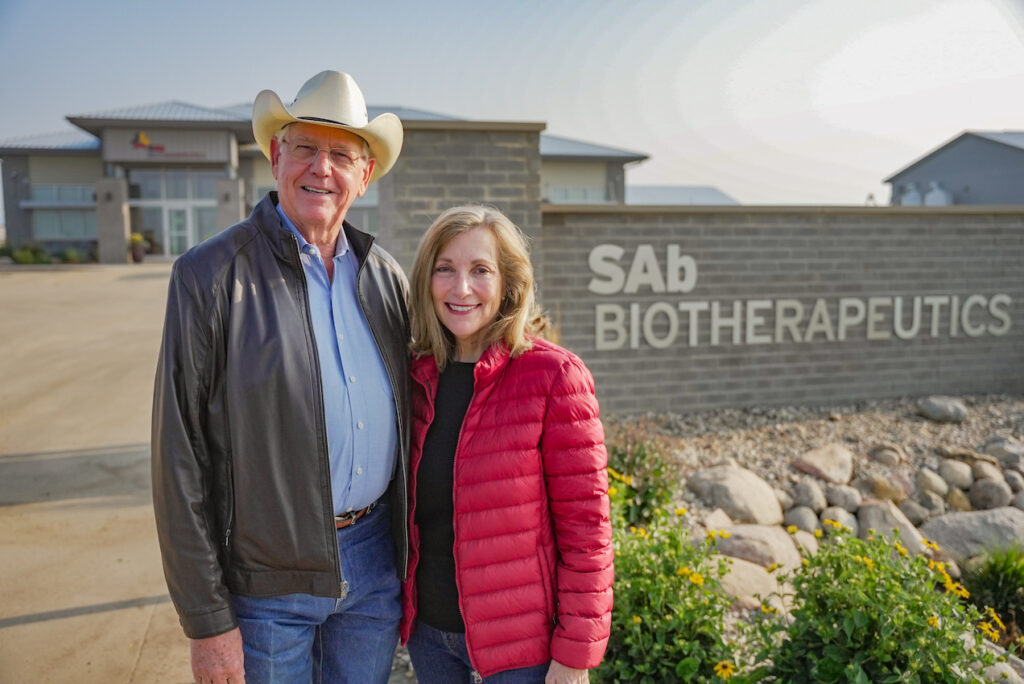
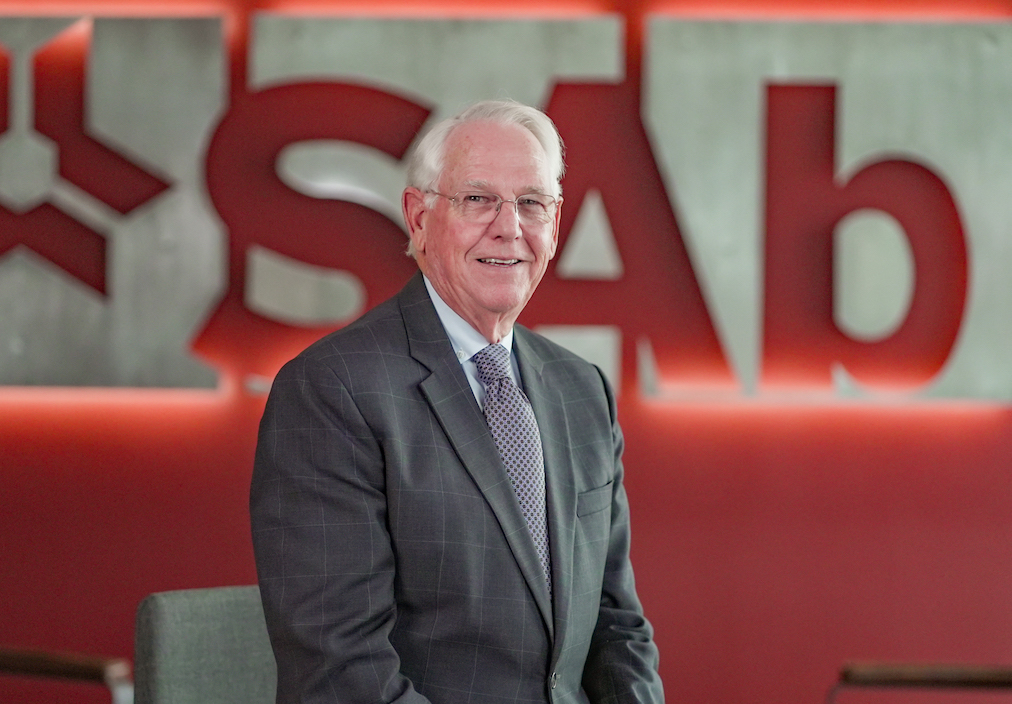
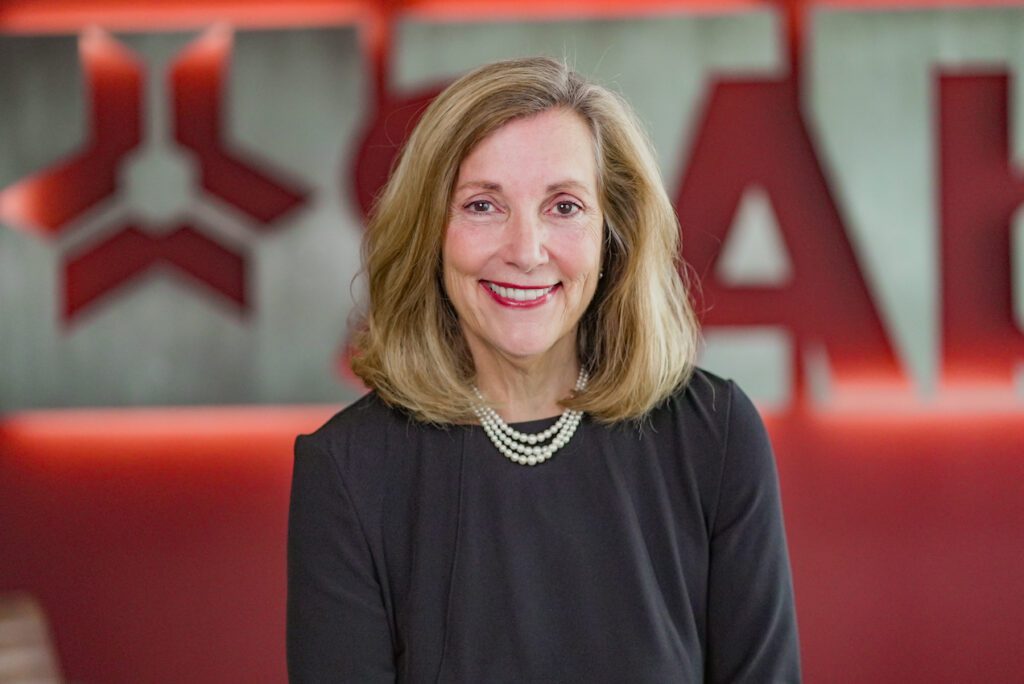
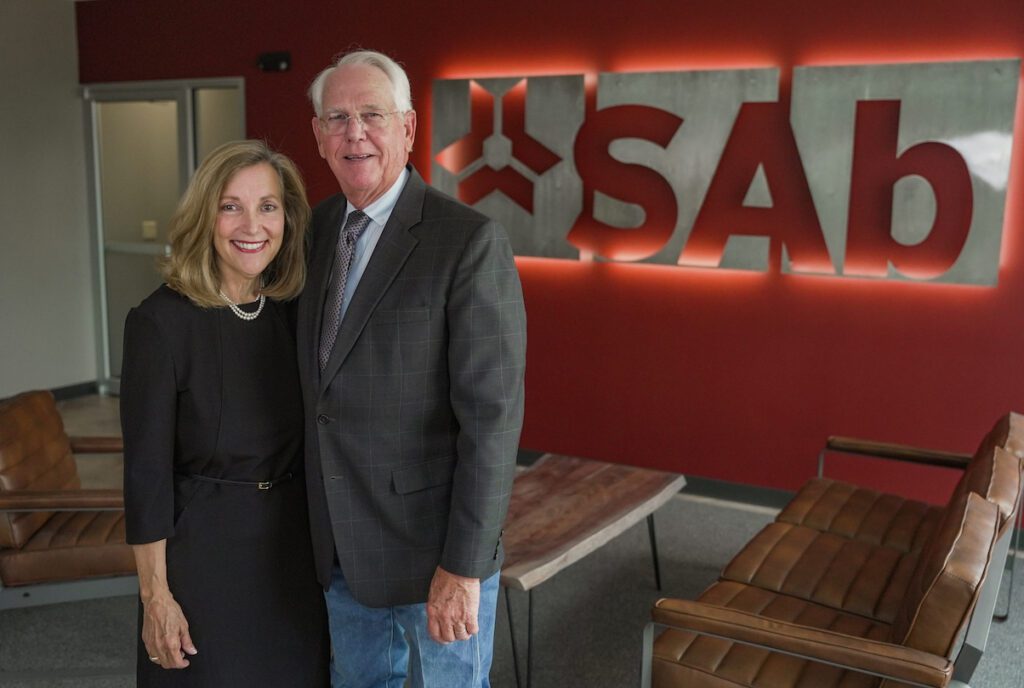
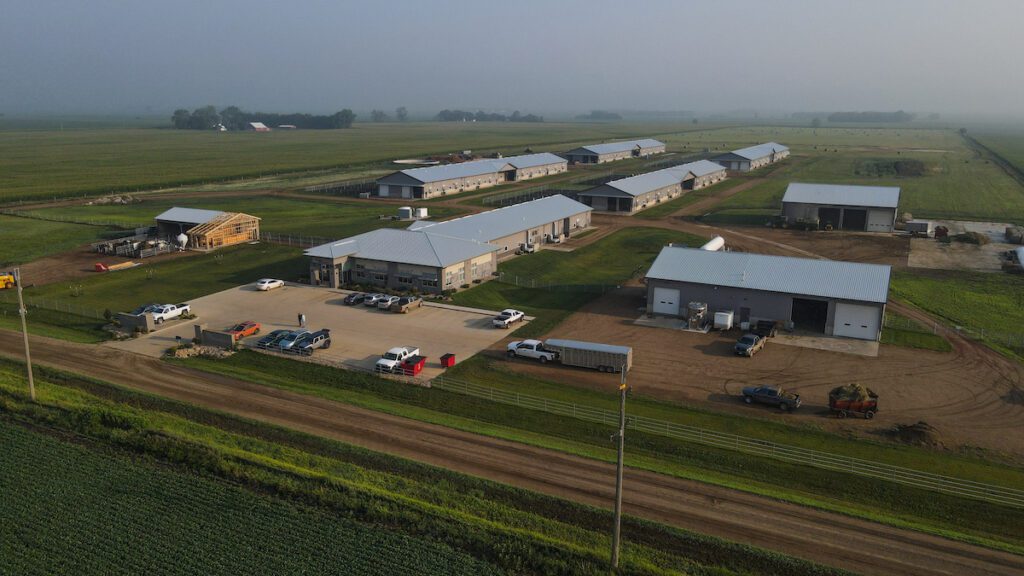
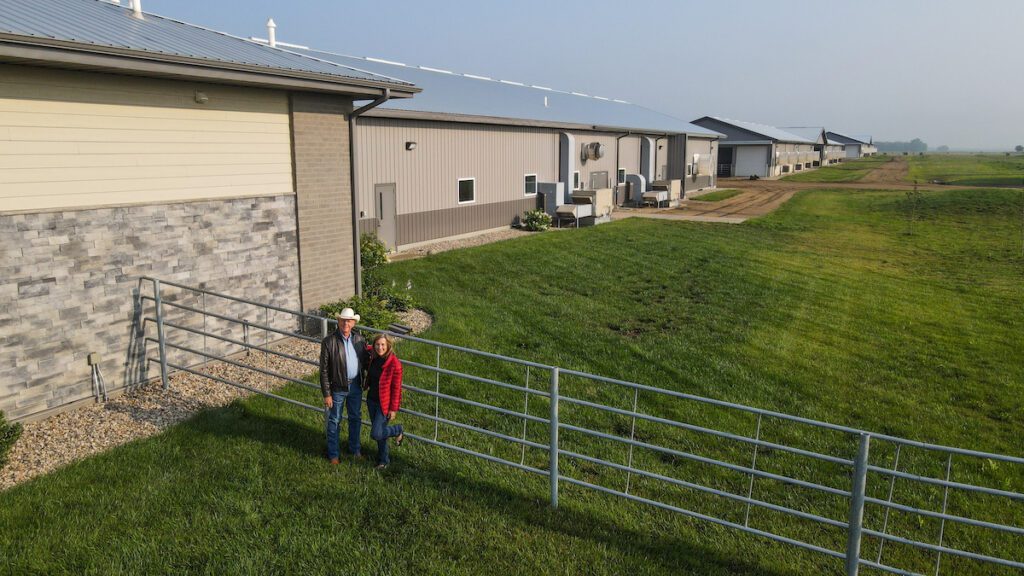














0 Response to "Meet South Dakota couple who became quiet force behind state's newest public company - SiouxFalls.Business"
Post a Comment